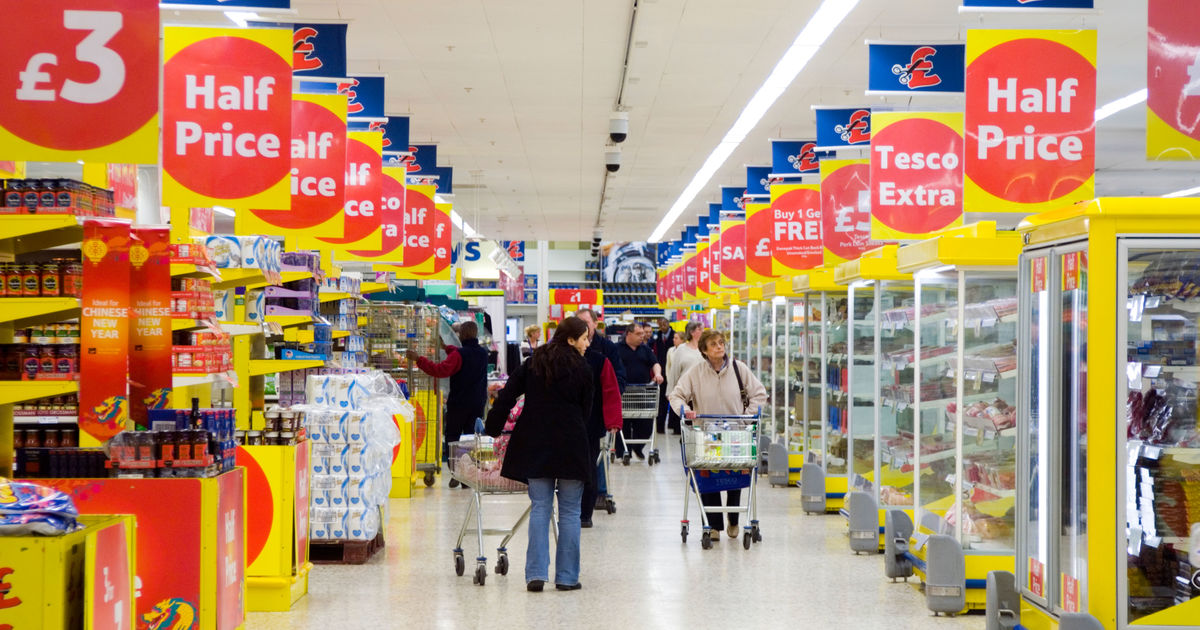Every week I go shopping for groceries at a supermarket, sometimes more than once if I forget something I needed. I always think of what I need from the store before I go so that I get the most value of the trip and don’t have to return there the next day. However, almost every time I end up purchasing goods I had not planned to buy.

Image: source
Stern (1962) describes this activity as impulse buying. This involves any unplanned purchases a consumer makes. The cause of this is because the consumer is presented with a variety of options, some of which they may not have realised they needed or wanted.
There are different types of impulse buying which form an “impulse mix” as suggested by Stern (1962). These types are known as;
- Pure Impulse buying
- Reminder Impulse buying
- Suggestion Impulse buying
- Planned Impulse buying
The various impulse buying behaviours that occur happen for different reasons. For example pure impulse buying is the most unplanned version of impulse buying. It is when a consumer purchases a product which they had no plans to buy and had not even considered buying the product beforehand. (Stern, 1962.)
Adelaar et al. (2003) describes reminder impulse buying as only occurring when the consumer is reminded of having low stock of a product they need such as kitchen paper or ketchup. Upon seeing the product in stores they have an impulse to purchase based on their low quantity of the product. This type of impulse also occurs when a consumer recalls an advertisement about a product.
Image: 



















































 source
source
Suggestion impulse buying is when a consumer visualises a need for a product after seeing it for the first time, for example I saw a lamp in a store last week and considered whether I could benefit from purchasing it. (Adelaar et al. 2003)
Planned impulse buying is when a consumer plans to purchase a product but a discount sale influences their decision to buy a different brand. (Adelaar et al. 2003)
As the consumer only goes to the supermarket to purchase a few products each time, most of the products available to purchase are bought on impulse. According to smallbusiness.co.uk consumers in Britain spend 21.7 billion on impulse purchases each year. So supermarkets offering more choice and high variety increases the amount of impulse sales accumulated in the store.
Furthermore there are businesses such as telemarketing channels with solely rely on their audience making impulse purchases for their business to survive. As each product they present to their consumer is meant to offer them something new or innovative that they don’t already have.
References
Stern, H. 1962. The significance of impulse buying today. The Journal of Marketing. pp. 59-62.
Adelaar, T., Chang, S., Lancendorfer, K.M., Lee, B. and Morimoto, M.(2003). Effects of media formats on emotions and impulse buying intent. Journal of Information Technology, 18(4), pp.250
Owen Gough, 2017. “British consumers spend £21.7 billion on impulse purchases each year”. Available at: http://smallbusiness.co.uk/cambridge-best-start-business-2535226/ [online]
Feature Image

I like how you’ve included the different types of impulse buying, I’ve definitely experienced suggestion impulse buying!
I looked up whether online purchasing can also lead to impulse purchases and found that the more the person spends, the more likely they are to buy something they didn’t intend to (Jeffrey & Hodge, 2007). This research also suggested that online impulse buying could include a higher variety of items due to consumers not having to worry about the weight or size of the item.
As well as this, online impulse buying could be considered ‘easier’ due to the consumer not seeing the money they are spending. Online purchases use debit or credit cards whereas physical shopping can also involve actual money. This could have an effect on how much people are willing to spend on an impulse purchase.
References
Jeffrey, S.A., & Hodge, R. (2007). Factors influencing impulse buying during an online purchase. Electronic Commerce Research, 7(3), 367-379.
LikeLiked by 1 person
Nice one, “Impulse buying” another example of irrational decision making. People are always focus on immediate rewards rather the long-term consideration which is the concept of Hyperbolic discounting (Ainslie, 2016). And this is also the reason why the Nudge team suggested “Timely” is one of the key component within the EAST framework.
LikeLiked by 1 person
Very interesting blog here! I really like that you have mentioned the four different types of impulse buying. So often, I’ve been to a supermarket and completely forgot to buy the item form the list I make and buy things that I don’t really need. Majority of the times, its because the item tends to be on offer. after reading this, I would say I am more of a planned impulse buyer. Research from Mattila & Wirtz, (2008) suggest that it is better to stimulate and excite customers to the point of over-stimulation has a positive impact on impulse purchases. the use of fast tempo music and warm colours are just a few examples.
Mattila, A. S., & Wirtz, J. (2008). The role of store environmental stimulation and social factors on impulse purchasing. Journal of Services Marketing, 22(7), 562-567.
LikeLiked by 1 person
I actually had no idea that there are so many types of impulse buying! I liked that your blog was brief and informative!
I find myself that whenever I go to the supermarket and I am hungry, I tend to buy a lot more stuff than I intended and end up regretting it after I have satisfied my hunger.
I found this study which relates to that, but could we classify that as impulse buying? And if so, in which type of impulsive buying would it fit best?
https://www.forbes.com/sites/kateashford/2015/02/25/shopping-hungry/#55c618a619dd
LikeLiked by 1 person